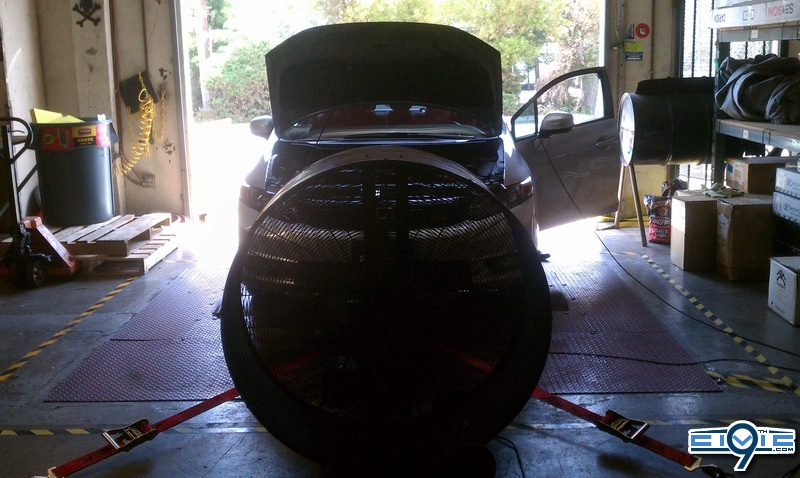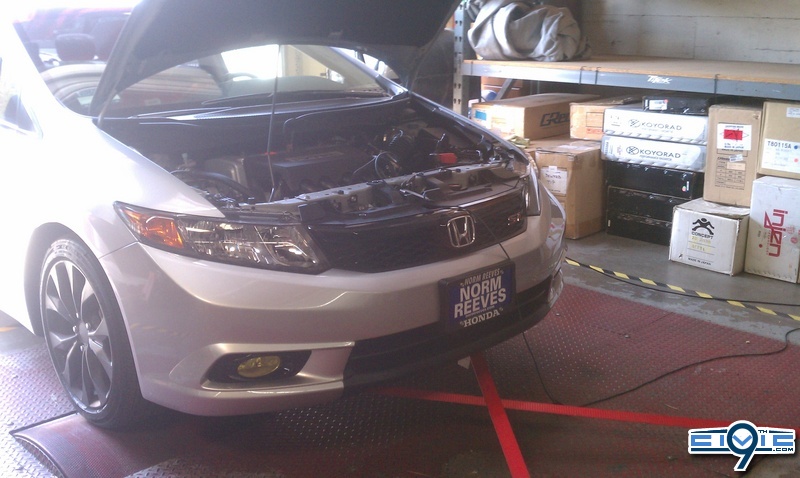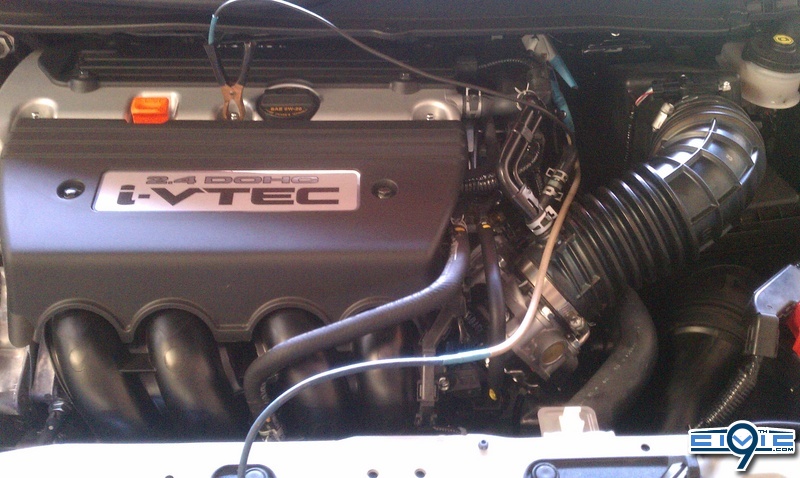SCFast
Well-Known Member
I guess i should have read the Hpengine's post before responding to kenny lol. ECU adjustment to aftermarket intake HP increase i would not know. I doubt it would do anything upwards.Hmm I think this whole ecu adaptation thing is not a very well understood area. I guess we'd have to ask someone from honda about ecu adaptation to know for sure.


 . Except for memorial day weekend Due to Joe's SF meet.
. Except for memorial day weekend Due to Joe's SF meet.








